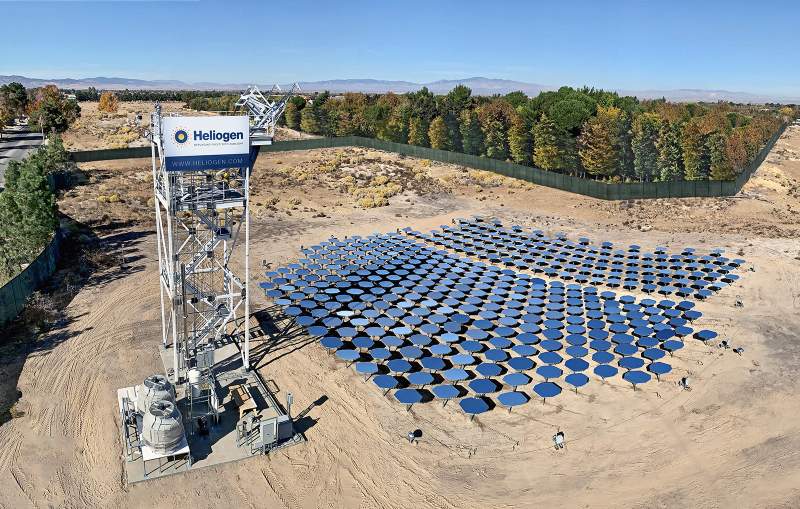Mounting Challenges: Landfills, Brownfields, Water-Saturated Sites
Brownfields

A 2-MW ballasted site in Vermont with ground conditions that weren’t able to be penetrated.
Brownfield sites are usually former heavy-use industrial sites that have been decommissioned. The above ground structures are usually demolished as are most of the paved areas; however, much of the former infrastructure, including plumbing, sewer and chemical process piping, are decommissioned and remain underground.
Many brownfield sites are regulated environmental cleanup sites that have been granted formal closure by the state or federal EPA. The degree of closure is often dictated by numerous environmental factors and is usually based on risk to local environmental receptors. Often times, old chemical process lines are not accurately marked on site plans and may even contain former process chemicals.
Ground penetrating radar (GPR) is a valuable geophysical tool to locate buried piping and tank structures through field surveying techniques. Residual contaminants within the subsurface soil should be evaluated to determine their corrosion potential to protected or unprotected carbon steel pilings. A common foundation solution for brownfield sites may be a hybrid foundation approach, including direct driven hot dip galvanized pilings and ballast foundations placed to span or bridge over large buried process pipes or storage tanks when excavation and removal is not an earthwork option.




